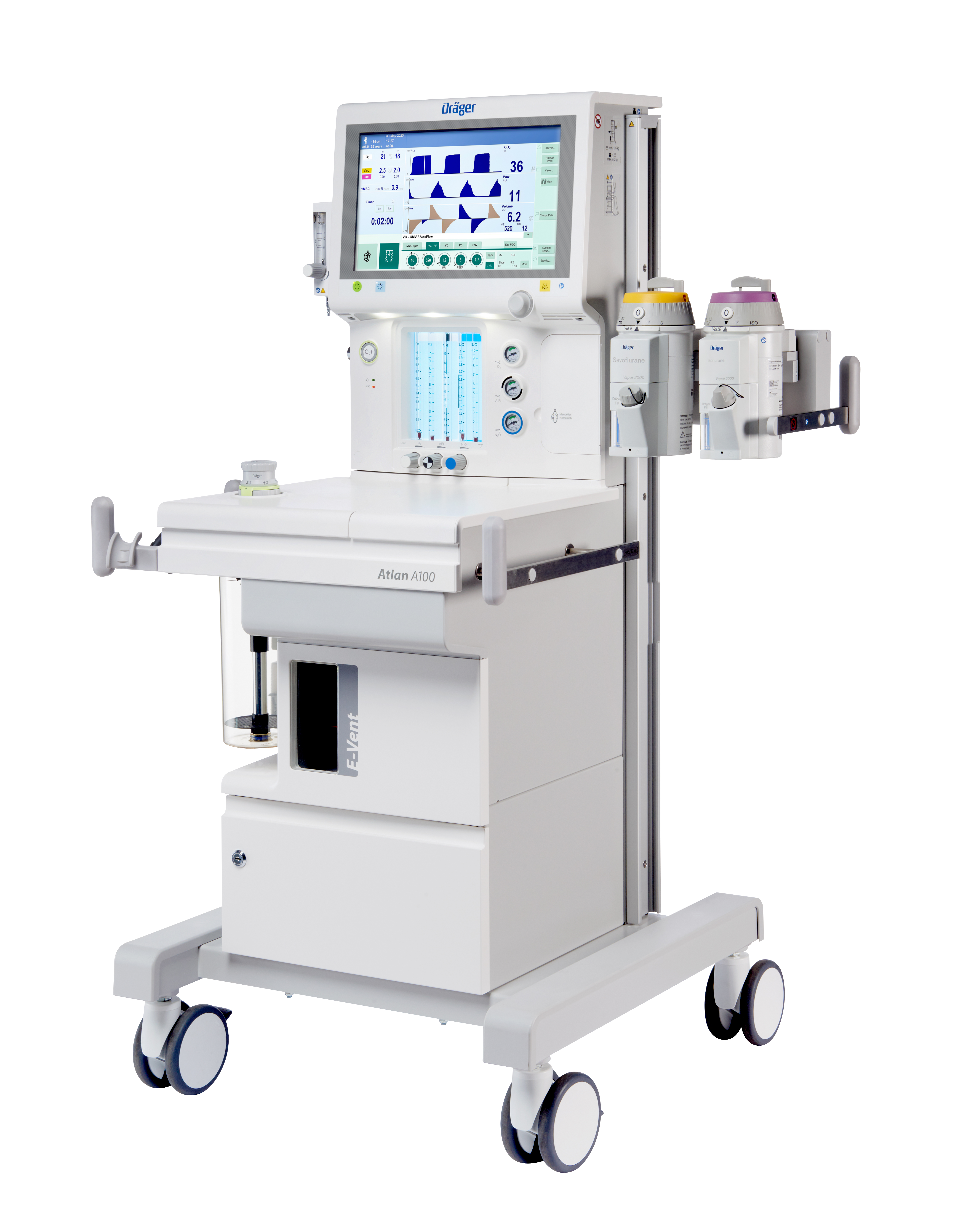The world of surgery is undergoing a revolution, and India is not far behind. In a significant step towards modernizing healthcare, the All India Institute of Medical Sciences (AIIMS) in Delhi has introduced a surgical robot in its General Surgery Department. This marks a turning point for India’s public healthcare system, which has long been striving to integrate cutting-edge medical technology to improve patient outcomes. While robotic-assisted surgeries have been a game-changer in private hospitals, their entry into government institutions signals a more Inclusive approach to advanced healthcare.
But what does this mean for patients, doctors, and the future of surgery in India? And can robotic surgeries truly become the standard in a country where cost and accessibility remain major challenges?
Surgeries, no matter how routine or complex, come with risks. The ability to minimize human error, improve precision, and reduce recovery time has always been at the core of medical advancements. Robotic-assisted surgery takes this ambition a step further by allowing surgeons to perform intricate procedures with greater control and visibility.
Unlike traditional surgery, where human hands are directly involved in making incisions and suturing, robotic systems offer:
• 3D magnified visualization, providing surgeons with a detailed view of the surgical area.
• Robotic arms that enhance precision, reducing accidental tissue damage.
• Minimally invasive techniques, leading to faster recovery and reduced post-operative pain.
The surgical robot at AIIMS Delhi is a testament to India’s growing commitment to incorporating advanced technology in public hospitals. This development aligns with the global shift towards robotic-assisted procedures, with the market for robotic surgical systems expected to grow at a compound annual growth rate (CAGR) of 10% through 2036.
While robotic-assisted surgeries have been widely used in India’s private healthcare sector, their adoption in government hospitals has been slow due to high costs and the need for specialized training. AIIMS Delhi’s decision to install a surgical robot is a crucial step in making these high-tech procedures accessible to a larger segment of the population.
The impact of this initiative can be seen in three key areas:
1. Expanding Healthcare Accessibility
• The introduction of robotic surgeries in public hospitals reduces the disparity between private and government healthcare facilities.
• More patients, regardless of their economic background, will have access to cutting-edge surgical procedures.
2. Boosting Surgical Expertise in India
• Training opportunities for medical professionals will increase, allowing more surgeons to become proficient in robotic-assisted techniques.
• Future surgeons will be equipped with the skills to perform complex surgeries with higher precision.
3. Encouraging Government Investment in Healthcare Technology
• The move reflects a growing commitment to technological advancements in India’s medical sector.
• With AIIMS leading the way, other government hospitals may soon follow, bringing robotic surgery to more regions.
India’s role in the Asia-Pacific robotic surgery market is expected to expand, with the country projected to hold a 6% share of the region’s robotic surgical market in 2024. This growth is being fueled by both private and public sector initiatives, highlighting a larger trend toward modernization.
According to market analysis, several factors are driving the adoption of robotic surgery in India:
Government policies encouraging high-tech medical investments
Rising demand for minimally invasive surgeries
Increasing incidence of complex diseases requiring precision treatment
Despite these positive trends, challenges remain. Robotic surgical systems are expensive, and training doctors to operate them requires significant investment. However, with continued government support, these hurdles can be gradually overcome.
AIIMS Delhi is not the only institution making strides in robotic-assisted procedures. In another development, the Apollo Cancer Centre in Kolkata recently performed India’s first robotic-assisted excision of a rare prostatic stromal tumor. This achievement showcases the potential of robotic surgery in handling rare and complicated medical cases.
Such advancements reinforce the idea that robotic-assisted procedures are not just about convenience; they can be lifesaving. These techniques allow for highly delicate surgeries that were once considered too risky or complex to perform.
What Lies Ahead for Robotic Surgery in India?
While the future of robotic-assisted surgery in India looks promising, its widespread implementation will require:
• More government-funded robotic surgical systems in public hospitals
• Increased training programs for surgeons and medical staff
• Investment in research and development to reduce costs and improve efficiency
As technology evolves, we can expect further advancements in robotic-assisted surgery, such as artificial intelligence integration, automated diagnostics, and remote surgical capabilities. These innovations could make high-precision surgeries even more efficient, reducing human involvement while enhancing patient safety.
The introduction of a surgical robot at AIIMS Delhi marks the beginning of a new chapter in Indian healthcare. As robotic-assisted procedures become more mainstream, the country is moving closer to a future where cutting-edge medical technology is accessible to all, not just those who can afford private healthcare.
With government support, growing market investment, and ongoing technological advancements, robotic surgery is set to transform the way medical procedures are performed in India. The journey has just begun, but one thing is certain, robotic surgery is no longer the future. It is the present, and it is here to stay.

 With government support, growing market investment, and ongoing technological advancements, robotic surgery is set to transform the way medical procedures are performed in India.
With government support, growing market investment, and ongoing technological advancements, robotic surgery is set to transform the way medical procedures are performed in India.










.jpeg)

.jpeg)
.jpeg)

.jpeg)


.jpeg)



.jpeg)
.jpeg)
.jpeg)


.jpg)


.jpeg)
.jpeg)